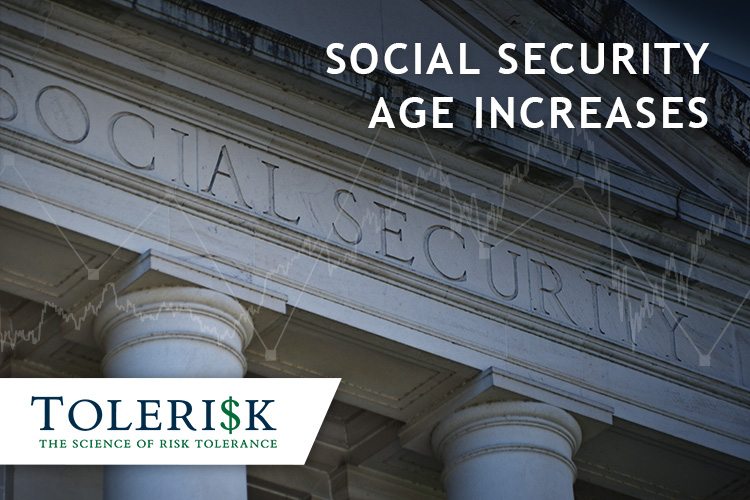Social Security Age Increases
12 April 2017

Retirement plays an important role in an individual’s overall wealth management strategy. Many people are investing their assets and hoping to grow their portfolios in order to achieve the wealth necessary to retire comfortably. With that being said, many people take into account the Social Security benefits that they will receive, and they work with their financial advisors in order to attempt to determine which age they will be able to retire.
Noting this, financial advisors should be aware that the full retirement age is scheduled to increase to 66 years and 2 months in 2017, and gradually increase to 67 by the year 2022. Michael Kitces, a financial expert who runs an industry blog, recently published an article titled: “Social Security Full Retirement Age Increase for First Time Since 2005.” The post explores the impact that this gradual age increase will have not only on retirees but spouses who will rely on their benefits as well.
What Do You Need to Know About the Social Security Age Increase?
- The gradual age increase that will take place during the next 5 years will impact a person’s decision as to when is the best time to retire. In 2017, with a full retirement age of 66 and 2 months, a person who wants to retire at age 62 will face a 25.83 percent deduction in their total benefits package. A person who delays retirement until the age of 70 will not see a notable increase in their benefits.
- Overall, the age increase will result in a minor average decrease in Social Security benefits across all age ranges, regardless of when an individual chooses to retire.
- The spousal reduction also will increase as the full retirement age is boosted to 66 and 2 months this year. A spouse who retires at age 62 will take a 30.85 percent reduction in benefits. This reduction will cap off at 35 percent by the year 2022 for any spouse who was born during or after 1960.
How Can Tolerisk® Help You Plan?
Tolerisk® is risk tolerance assessment software used by financial advisors to help determine a client’s ability and willingness to take risks with their wealth management strategies. It is the only risk tolerance assessment tool that incorporates cash-flows into the equation. When it comes to helping an individual plan for retirement, Tolerisk® uses factors such as annual mortality probabilities. These factors allow both advisors and their clients to improve their wealth management techniques to accommodate not only the duration of their retirement but also to provide survivors and heirs with any remaining assets.
In addition to incorporating factors such as mortality into an individual’s risk tolerance assessment report, Tolerisk® uses a variety of other factors in order to provide financial advisors with comprehensive and actionable data to relay to their clients. To find out more information about Tolerisk® risk tolerance assessment software, begin your free demo today.